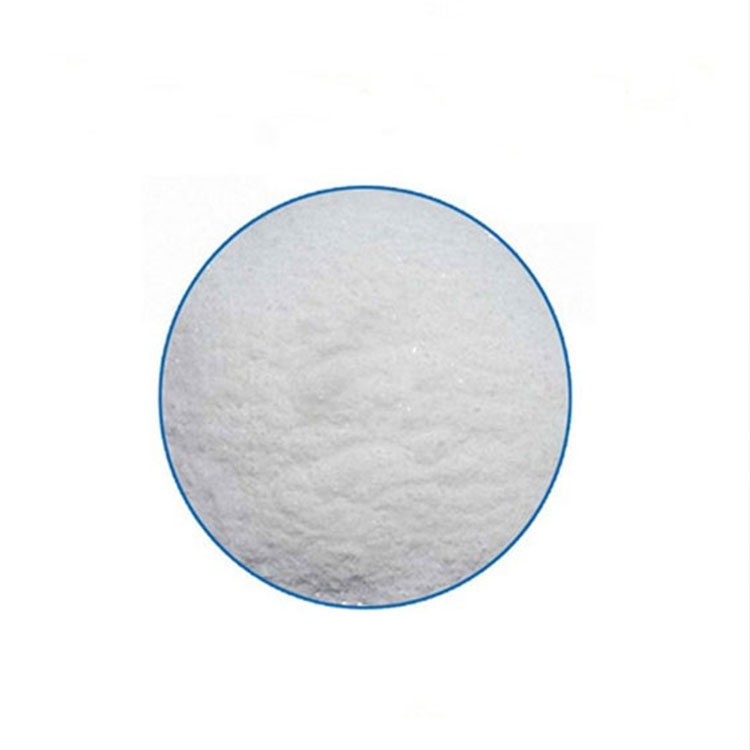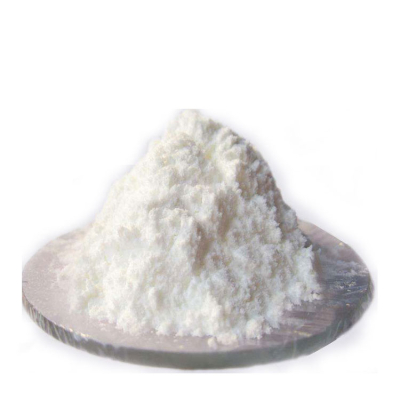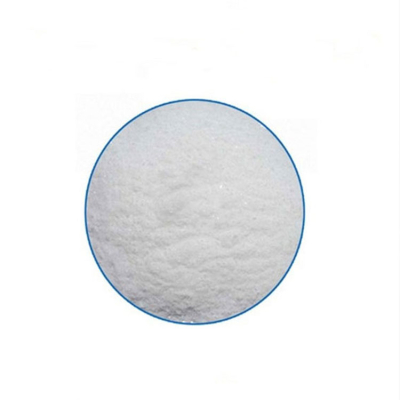According to the photolysis mechanism, photoinitiators are divided into two categories: free radical polymerization photoinitiators and cationic polymerization photoinitiators, and free radical photoinitiators are the most widely used. Free radical photoinitiators can be divided into cracking photoinitiators and hydrogen abstraction photoinitiators according to the mechanism of free radical generation. According to the structural characteristics, photoinitiators can be divided into the following categories:
Benzoin and its derivatives (benzoin, benzoin dimethyl ether, benzoin ethyl ether, benzoin isopropyl ether, benzoin butyl ether).
Benzils (diphenylethanone, α,α-dimethoxy-α-phenylacetophenone).
Alkylphenones (α,α-diethoxyacetophenone, α-hydroxyalkylphenone, α-aminoalkylphenone).
Acylphosphine oxides (aroylphosphine oxides, bisbenzoylphenylphosphine oxides).
Benzophenones (benzophenone, 2,4-dihydroxybenzophenone, Michler’s ketone).
Thioxanthones (thiopropoxythioxanthone, isopropylthioxanthone).
Cationic photoinitiators are also important photoinitiators, including diaryliodonium salts, triaryliodonium salts, alkyliodonium salts, cumene ferrocene hexafluorophosphate, and the like.
The complete name of photoinitiator is UV treating photoinitiator, which can be separated into 3 categories:





